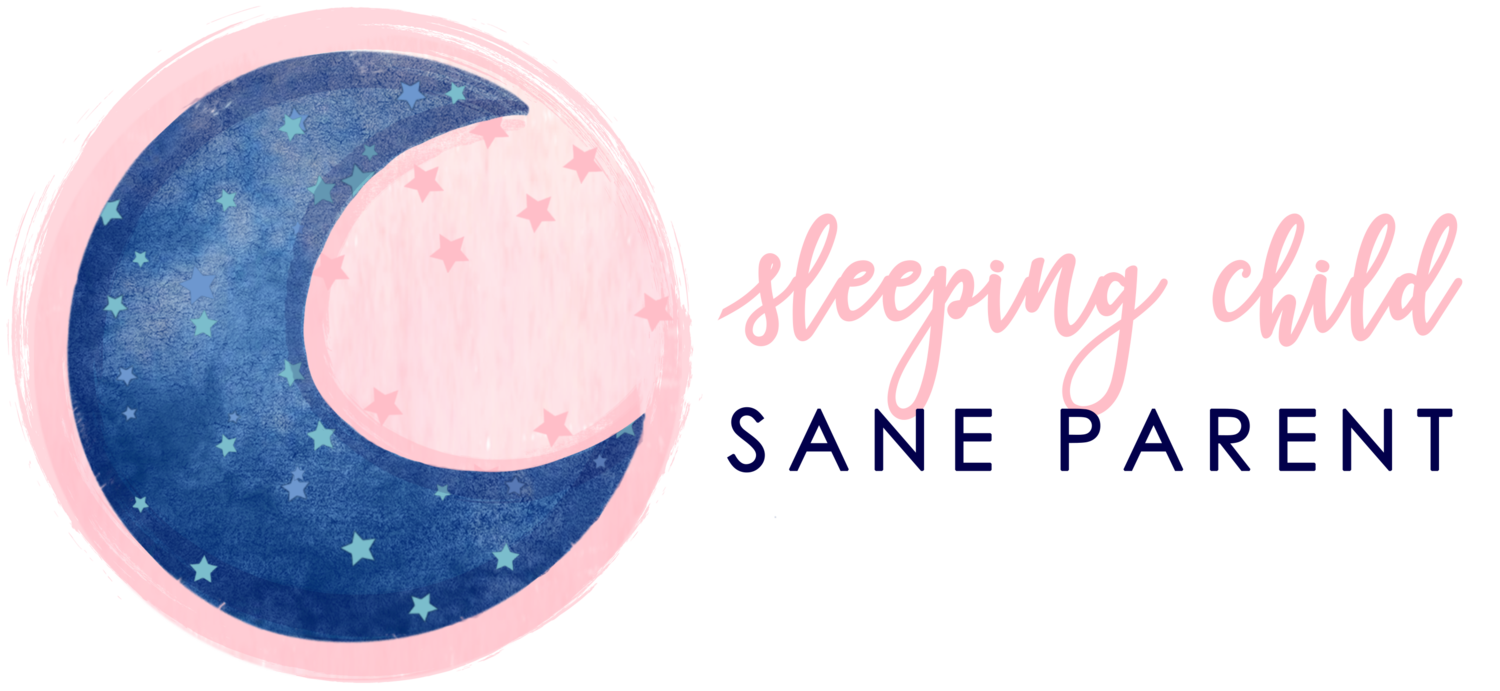If you search "crib" on Pinterest, 90-95% of the pictures that come up do not depict a safe sleeping environment. You'll see coordinating crib bumpers and fun star-shaped pillows, but hardly any pictures of what a safe sleeping environment should be: almost completely bare and boring.
Firm Mattress, No Extras
We want cribs to be bare and boring because if they're not, babies can suffer from accidental suffocation. Young babies cannot freely and easily move their bodies, so if they end up in a position that traps their face against anything else, they may be incapable of freeing themselves up to breathe properly. To keep your baby safe, use a tight, fitted sheet on a firm crib mattress and keep the crib free of loose blankets, crib bumpers, pillows, and stuffed animals.
Place on Back
Additionally, place young babies on their backs to sleep so that their faces don't accidentally get trapped against their mattresses. When Baby starts rolling over, discontinue swaddling and use a sleep sack instead so that Baby can more freely use his arms and body to roll himself. At that point, you don't need to worry about returning him to his back repeatedly -- he'll roll between his back and tummy as he pleases. And if you're concerned about his skill level with rolling, practice with him during waking hours by rolling him partway and letting him complete the roll on his own.
Goldilocks Temperature
We also want babies to be a good temperature while sleeping. I recommend setting the thermostat at 68-72 degrees Fahrenheit and using warmer pajamas or fans as needed. Rather than using loose blankets, I advise a tight swaddle for younger babies and a fitted sleep sack for older babies and toddlers. You'll know if your baby is the right temperature by touching his face and skin -- if the skin seems hot or cold, adjust the temperature or clothing accordingly.
Room Share or Be Aware
The AAP (American Academy of Pediatrics) recommends that parents room share with Baby for the first 6-12 months of his life. They make this recommendation because room sharing is thought to decrease the risk of SIDS since parents will be closer to their babies and more quickly able to intervene should they notice that something is awry. However, this is one part of the AAP's safe sleep recommendations that I do not entirely agree with. My personal recommendation is to do what works for your family. If you enjoy room sharing and it doesn't seem to interfere with anyone's sleep, continue for as long as you like. If, however, you would prefer to sleep in separate rooms for any reason -- whether from the start or after a few months -- simply consider taking extra precautions, such as using sound monitors, video monitors, or even heart and oxygen level monitors. I think some of these things could be even more beneficial than room sharing.
So keep things simple when you're preparing a nursery for your new baby. Admire the cute ideas you'll find on Pinterest, but make sure a safe sleeping environment is top priority for your baby!


